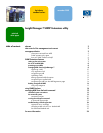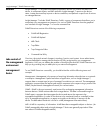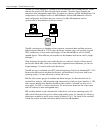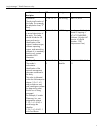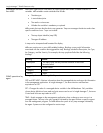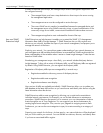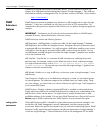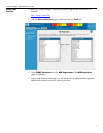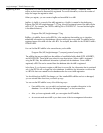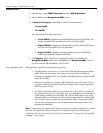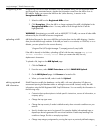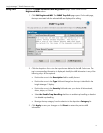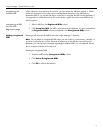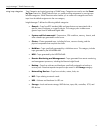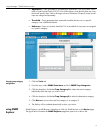
Insight Manager 7 SNMP Extensions utility
information retrieved
from MIBS
MIBs often organize their information by object groups that contain a related collection of
variables. MIB variables contain attributes that include:
• The data type
• A textual description
• The read or write access
• Whether the variable is mandatory or optional
MIBs contain the traps that the device can generate. Traps are messages the device sends when
specific conditions occur. Traps can include:
• The trap object identifier (trap OID)
• The agent IP address
A trap can be interpreted and formatted for display.
MIBs can contain one or more MIB variable bindings. Bindings convey useful information
associated with the condition that triggered the trap. Bindings include the Description, the Type,
the Category, and the Severity. For example, the trap cpqclusterFailed has the following
bindings:
binding content
Description This trap will be sent any time the condition of the cluster
becomes failed
Type Cluster Failed
Category Cluster
Severity Major
SNMP operations by
agent
The agent performs the following SNMP operations:
GET and GET NEXT—Retrieve information about the managed device and return the information
to the management application. In Insight Manager 7, the terms Monitor and Read are
equivalent to a GET.
SET—Changes the value of a managed device variable in the MIB database. Only variables
whose device definitions have read and write access can be set. In Insight Manager 7, the terms
Control and Write are equivalent to a SET.
TRAP—Sends messages to the management application when a change or error occurs in a
managed object. The trap is the only operation initiated by the agent without a specific request
from the management program. The MIB defines the syntax of any trap messages initiated by
the agent. Systems must be configured to receive traps.
5



